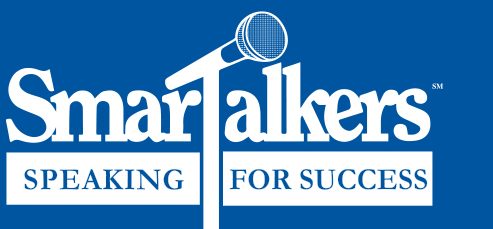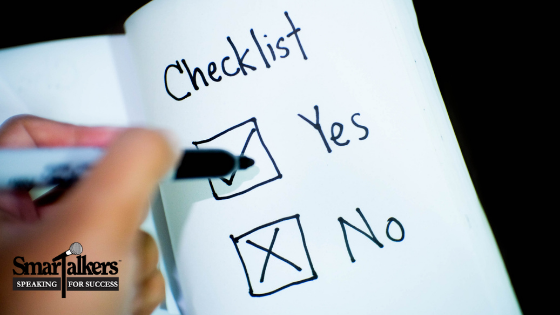
A survey on public speaking was conducted by Brownlee & Associates that involved over 3,000 respondents with positions from President, Managing Director, Senior Directors, Employees in Sales, Marketing, R&D, Quality Control, I.T, Doctors, Scientists, and Lawyers.
The objective was to identify the main causes as to why audience members disconnect and stop paying attention during presentations.
During a series of weekly blogs, I will highlight a few of the specific areas of disconnect surveyed and offer practical coaching suggestions to help you keep your audience connected. Many of the suggestions provided will come from my book Loud and Clear: How to Prepare and Deliver Effective Business and Technical Presentations.
The results have been divided into two sections; The design of the presentation and the delivery of the presentation.
The higher the percentage the more the survey participants felt they would disconnect. Percentages ranged from 72%-99%.
The results of this survey make it clear that when the audience is bothered by areas in the design of the presentation that were done or not done or certain delivery behaviors of the presenter exhibited during the presentation were not executed well, the result will be a disconnection between the audience and the presenter and their presentation which will affect the quality of the communication, the degree of impact and memorability of the activity as well as the achievement of the objectives of the presenter.
Topic covered in the previous post: How to change your voice from boring to interesting.
Delivery: Survey results indicated that 78% agreed they would disconnect if…The presenter only looks at one person and ignores the rest of the audience.
My coaching suggestion: Eye contact is essential to establishing a personal relationship with each listener. In addition, looking at a member of your audience, without staring, can be a very effective way of holding that person’s attention or regaining it if it has wandered. A comfortable time to retain eye contact with an individual is about three to five seconds. One effective approach to maintaining uniform and balanced eye contact is to pick out several friendly faces in your audience, making certain that you select one from each section of the room, and then, if necessary, address your presentation to those individuals, shifting your eyes at appropriate intervals.
For more information on this and other topics on effective public speaking, please contact me at: wendy@smartalkers.com or through my website: www.smartalkers.com
Connect or follow me with me via LinkedIn or my Facebook page.



